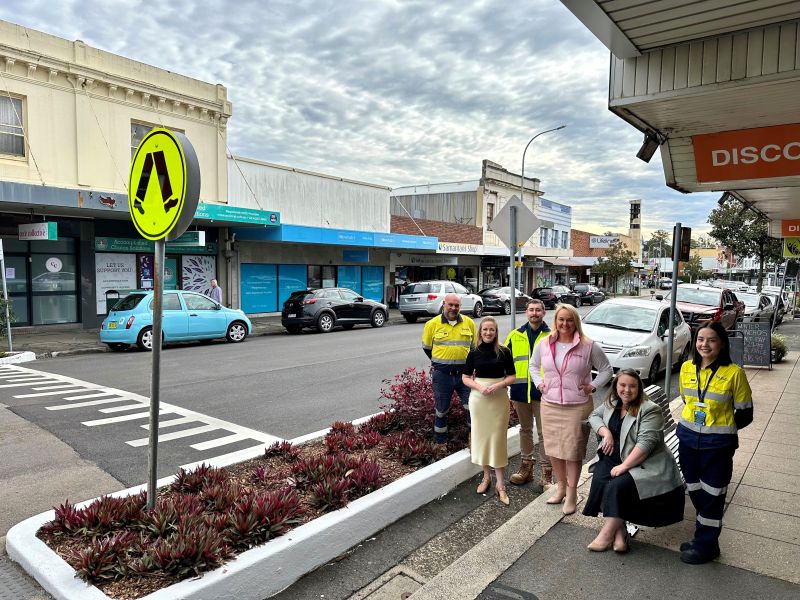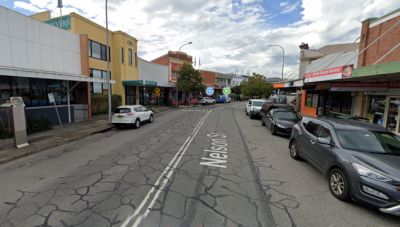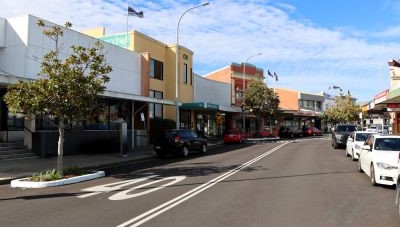Sydney Metro to Western Sydney Airport is one step closer, with tunnel boring machines (TBMs) Catherine, Eileen and Peggy having completed their historic journeys today.
This project will become the transport spine of Western Sydney, connecting the Western Sydney Airport and Aerotropolis at Bradfield to the wider Sydney rail network at St Marys.
With boring near complete, the project will enter its next stage – the construction of six world-class stations along the 23-kilometre track.
The Sydney Metro to Western Sydney Airport project is jointly funded by the Albanese and New South Wales Governments, and is set to open in late 2026 with the start of airport operations.
The project is expected to create over 14,000 jobs in total during construction. As at April 2024, the project has created 10,348 jobs – including 250 apprenticeships.
Three of the boring machines have completed their work, with the final 230 metre leg to St Marys expected to be completed in a few weeks.
Reaching this pivotal point in the construction program comes after 13 months of tunnelling from the four giant TBMs and a team of 553 tunnellers, TBM operators and support personnel.
The TBMs have worked around the clock up to seven days a week to excavate more than 1.4 million tonnes of material (enough to fill 226 Olympic pools) and install 68,360 concrete segments which now line the new tunnel walls.
The project’s focus is now on the delivery of the six metro stations – St Marys, Orchard Hills, Luddenham, Airport Business Park, Airport Terminal and Bradfield.
Station construction is underway at St Marys, while the Orchard Hills, Luddenham and Bradfield station sites are being prepared for construction to begin in the coming months.
Work inside the tunnels will continue, and will involve completing the construction of 39 cross passages and preparing for track laying.
For more information on the Sydney Metro – Western Sydney Airport project, visit sydneymetro.info/westernsydneyairportline.
Prime Minister Anthony Albanese:
“We are delivering a future made in Australia and this project is a fantastic example of how we are doing that in Western Sydney.
“Sydney Metro and the new Western Sydney airport will transform Western Sydney into a global economic hub.
“Today’s major milestone is tribute to the great work of the more than 10,000 people that are working on this project.
“This project demonstrates how government leadership and co-investment with industry can deliver world class infrastructure assets resulting in significant value for future generations.”
NSW Premier Chris Minns:
“This historic breakthrough of the new Metro tunnels at Western Sydney Airport are just another way we are building the essential infrastructure Western Sydney needs.
“We are committed to building better communities in Western Sydney, and public transport projects like this that are creating jobs and cutting travel times are a critical part of our plan.”
Minister for Infrastructure, Transport, Regional Development and Local Government Catherine King:
“I am delighted to see the wonderfully-named Catherine and her TBM friends bringing us closer to a world-class transport option to the new Western Sydney International Airport and major job hubs, including the new Aerotropolis.
“This milestone is a critical step towards connecting the suburbs that will grow around this brand-new metro line, giving Western Sydney the opportunity to attract more jobs and housing opportunities.
“This city-shaping metro line will service travellers and airport workers with major population centres like Penrith, Parramatta and the Sydney CBD via St Marys.”
NSW Deputy Premier and Minister for Western Sydney Prue Car:
“It is great to see these four TBMs have completed their tunnelling journeys under Western Sydney.
“The NSW Labor Government, together with the Australian Government, is committed to delivering the vital, major infrastructure needed to deliver for our growing Western Sydney community.”
NSW Transport Minister Jo Haylen:
“This is a job well done for three of our four mega machines and a huge achievement for everybody involved.
“More than 550 workers spent many months deep below ground and across the site to drive these borers across the finish line.
“It’s a phenomenal milestone for Sydney’s second airport rail link.
“While tunnelling is almost finished on the Western Sydney Airport line for now, we are planning the public transport links of the future.
“Our business cases are underway to plan more future rail links in Western Sydney as these communities continue to grow.”
Member for Werriwa Anne Stanley:
“This is first-hand proof that the Albanese Government is committed to delivering vital infrastructure for Western Sydney as part of a genuine partnership between levels of government that will enhance liveability and support the growth of industry and enterprise.
“World-class metro services will be a game-changer for Sydney’s Greater West in every sense and this major milestone in construction is another closer step to making that a reality.”

 Lord Mayor Nuatali Nelmes, Cr Elizabeth Adamczyk and Cr Deahnna Richardson with City of Newcastle staff Bruce Pemberton, Jack Hawthorne and Bianca Field-Vo, inspect the upgrade road surface along Nelson Street, Wallsend.
Lord Mayor Nuatali Nelmes, Cr Elizabeth Adamczyk and Cr Deahnna Richardson with City of Newcastle staff Bruce Pemberton, Jack Hawthorne and Bianca Field-Vo, inspect the upgrade road surface along Nelson Street, Wallsend. Nelson Street, Wallsend before the road resurfacing
Nelson Street, Wallsend before the road resurfacing Nelson Street, Wallsend after the road resurfacing
Nelson Street, Wallsend after the road resurfacing